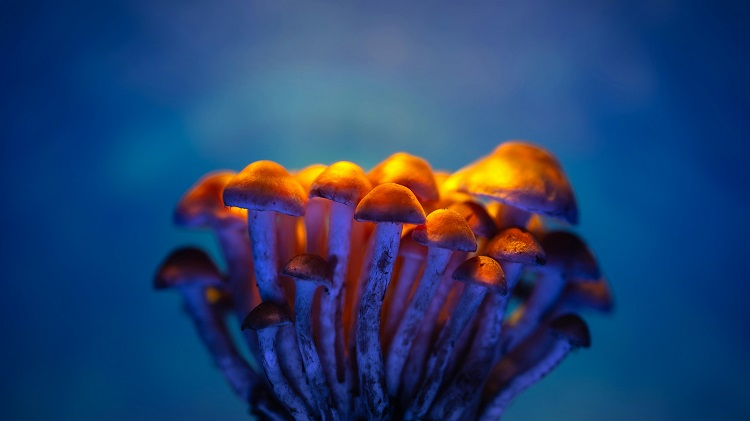Microdosing Psilocybin: What It Is, Why It Works, and How to Do It Right
Psychedelics aren’t necessarily just for deep, transformative trips. Many people sing praises of microdosing practices as a way to slowly and incrementally introduce mild effects and reap their benefits as a powerful way of enhancing creativity, focus, and emotional well-being without the need to expose oneself to the intensity of a full-blown psychedelic experience. But before you start, it’s crucial to understand the nuances of microdosing to ensure a safe and effective approach.
What Is Microdosing?
Microdosing involves taking a sub-perceptual dose of psilocybin, the main psychoactive component of psychedelic mushrooms. That kind of dosage amounts to around 1/10th to 1/20th of a standard dose, and the reduced potency leads to a milder effect – nothing remotely close to hallucinations or intense shifts in perception. Rather, microdosing subtly enhances cognitive function, emotional balance, and overall well-being. Many users report increased creativity and mood, too.
Potential Benefits of Microdosing Psilocybin
Research on microdosing is still emerging because the use of these substances is still regulated, and the mushrooms themselves not widely available. Still, anecdotal reports and early studies suggest that microdosing can:
- Enhance Focus & Creativity: Many creative minds who use microdosing claim it boosts their creative thinking and problem-solving skills.
- Increase Mood & Emotional Resilience: Users often report reduced anxiety and depression symptoms.
- Improve Energy & Motivation: Some microdosers find they experience steady, sustained energy throughout the day.
- Improve Neuroplasticity: There’s growing evidence suggesting that psychedelics may help the brain form new neural connections, which would aid learning and adaptation.
How to Microdose Psilocybin Safely
While microdosing sounds simple, doing it always requires planning. After all, the compounds are really powerful even if taken at low doses, so give them the respect they deserve. Taking too much, for example, could lead to unwanted effects. Improper scheduling could reduce long-term benefits. The key is to utilize a solid, balanced approach.
First, determine your dose. Your best bet would be to consult a professional, but a typical microdose ranges from 0.1g to 0.3g of dried mushrooms. It’s definitely recommended to start low and adjust from there.
Second, follow a schedule. Don’t take mushrooms every day as that could rapidly increase your tolerance; popular protocols include taking it every other day or one day on, two days off.
Third, track your experiences. Journal your mood, how you feel before and after, and how your productivity changes. Use these insights to fine-tune your approach and understand how microdosing really affects you.
Fourth, always create the right conditions. Microdosing isn’t some miracle cure; if the rest of your daily routine has no structure and you’re not taking care of your health through nutrition, mindfulness, and intentional goals, ingesting mushrooms won’t fix everything like a magic wand.
Note that while these steps constitute a solid foundation, this is by no means a full guide to microdosing psilocybin mushrooms. For the best results and minimal disruption, you should always draw up a robust and complete roadmap to get started safely and effectively.
Conclusion
Microdosing psilocybin can be a powerful way to enhance cognitive function, creativity, and emotional well-being. Still, it’s not a one-size-fits-all solution – you should absolutely tailor your approach to your needs and adjust it according to your body’s response. Track your mood and emotional state, and make sure you have the right guidance to navigate this practice safely.

